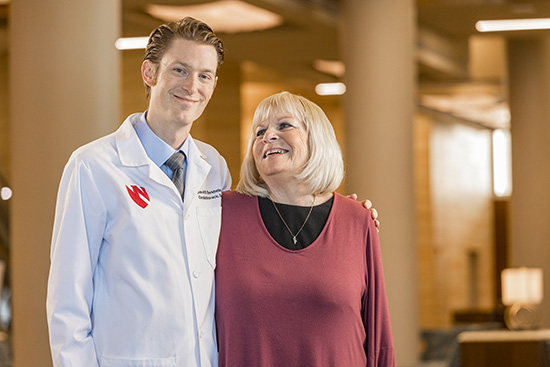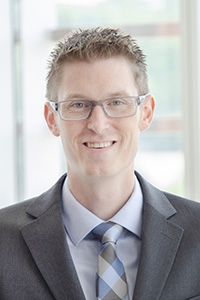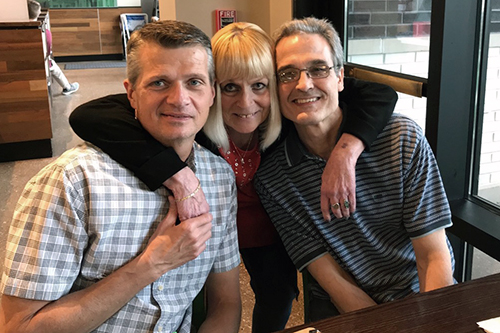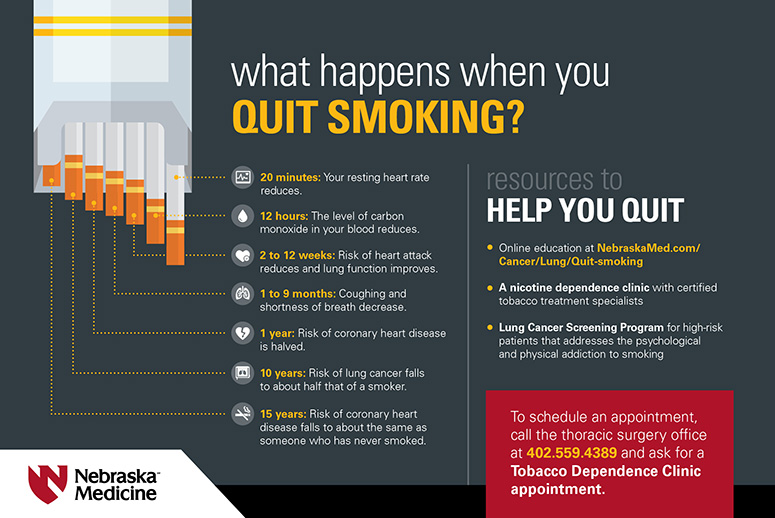
Kathy Watson can remember the day she began smoking.
It was the summer after 8th grade. She went to the pool to meet her friends. As they sat in a huddle, someone pulled out a pack of cigarettes. They each took turns taking a few puffs. Watson recalls coughing and gagging. Smoking cigarettes was awful, she thought to herself.
But it was the cool thing to do. Everyone on television smoked. Her mother smoked. Her three sisters smoked. One cigarette led to another and before she knew it, she was smoking a pack a day.
Her father, on the other hand, didn’t like it. He warned her about the potentially harmful side effects. “I was young and invincible,” says Watson, “and everyone around me seemed to be smoking.”
If you’ve been a heavy smoker, you may qualify for a low dose CT scan that reduces lung cancer deaths by 20%. To schedule a screening, call us at 402.559.5600.
Today Watson, now 72, is paying the price. In her late 50s, she developed emphysema and chronic obstructive pulmonary disease (COPD). Then a couple of years ago, Watson began developing recurrent bouts of pneumonia. After her seventh hospitalization with pneumonia, a CT scan was ordered. A small spot was detected on her lungs. Her doctors at the time chose to watch the spot, however, Watson chose to come to Nebraska Medicine for a second opinion.

After reviewing her scans, Watson and her new doctor, David Berkheim, MD, cardiothoracic surgeon, discussed options for biopsy.
“The nodule was increasing in size,” says Dr. Berkheim. “A biopsy of the nodule seemed prudent. We talked about the different options and Kathy decided to have a surgical biopsy of the lower left lobe of the lung with possible completion lobectomy (removing the entire left lower lobe) if the biopsy revealed lung cancer. With her history, we suspected that it was likely cancer and this procedure would give her the best chance at long term survival and it not coming back.”
Dr. Berkheim performed a minimally invasive surgery in February of 2019. Until recently, a thoracotomy, which requires a larger incision and spreading of the ribs, was the standard surgical procedure for accessing the lungs. Dr. Berkheim now performs the vast majority of his surgeries video assisted or robotically, which means he uses smaller incisions and smaller instruments to gain access to the lungs, resulting in less pain and discomfort and quicker recovery for the patient.
His suspicions were correct. Her biopsy revealed that Watson had early stage lung cancer. “With her stage l (the earliest stage) lung cancer, chances of survival at five years can be greater than 90%,” Dr. Berkheim says.
During the surgery, Dr. Berkheim and his team also noticed a lesion on Watson’s chest that was later removed and turned out to be skin cancer. Dr. Berkheim urged Watson to see a dermatologist for a full body skin test, which she did. During her appointment, another skin cancer lesion was found and removed.

Watson considers herself very fortunate. “I dodged three bullets in one year,” she says, “thanks to Dr. Berkheim and his team. They were all wonderful. Dr. Berkheim has a great bedside manner. He’s the kind of doctor who really cares about you.”
Considering the statistics surrounding lung cancer, Watson is definitely very fortunate, says Dr. Berkheim. Lung cancer is the most common cause of cancer deaths in both men and women in the United States and is the most preventable. It causes more deaths in women than breast, uterine and ovarian cancers combined. Smoking accounts for 80% of lung cancer cases. Radon exposure is the second leading cause of lung cancer, accounting for 10% of cases.
Lung cancers are difficult to diagnose early because most people who develop lung cancer initially lack symptoms that warrant medical attention. It’s often not until the disease has progressed to advanced stages, that symptoms such as persistent coughs, chest pain, shortness of breath or recurring infections begin to appear.

Smokers have a 10 to 30 fold increased risk of developing lung cancer. However, the good news is that it is never too late to quit. “Every year you quit smoking your risk goes down,” says Dr. Berkheim. Smokers can gain an estimated 6 to 10 years of life by quitting smoking and will see a reduction in cancer risk within five years of kicking the habit and an estimated 80 to 90% risk reduction in 15 years.
In addition, a low dose CT scan screening for certain high risk groups is now making it possible to detect and diagnose lung cancer in its earliest stage, reducing mortality by 20%. The American Cancer Society recommends that individuals ages 55 to 74 who have smoked a 30 pack history be screened. A 30 pack history is equivalent to a half pack a day for 60 years, one pack a day for 30 years or two packs a day for 15 years. This applies to individuals who currently smoke as well as those who have quit in the past 15 years. Most major insurance companies now cover the screening.
“This is good news because common diagnostic tests such as X-rays are inadequate at picking up lung cancer at an early stage,” says Dr. Berkheim. “A CT scan, on the other hand, can detect lung cancer nodules in its earliest stages when the option for resection is the greatest. Currently, about 75% of lung cancer cases are found at more advanced stages of the disease – usually stage 3 or stage 4. Lung cancer found at these stages has a cure rate of 5% or lower.”
Watson says she is back to doing yoga, going on outings and spending time with her sisters, friends and family. She completed a six week pulmonary rehabilitation program this summer and is doing regular maintenance exercises now. “Thanks to everyone at the Nebraska Medical Center, all is good,” says Watson. “Dr. Berkheim is my hero. He saved my life.”


